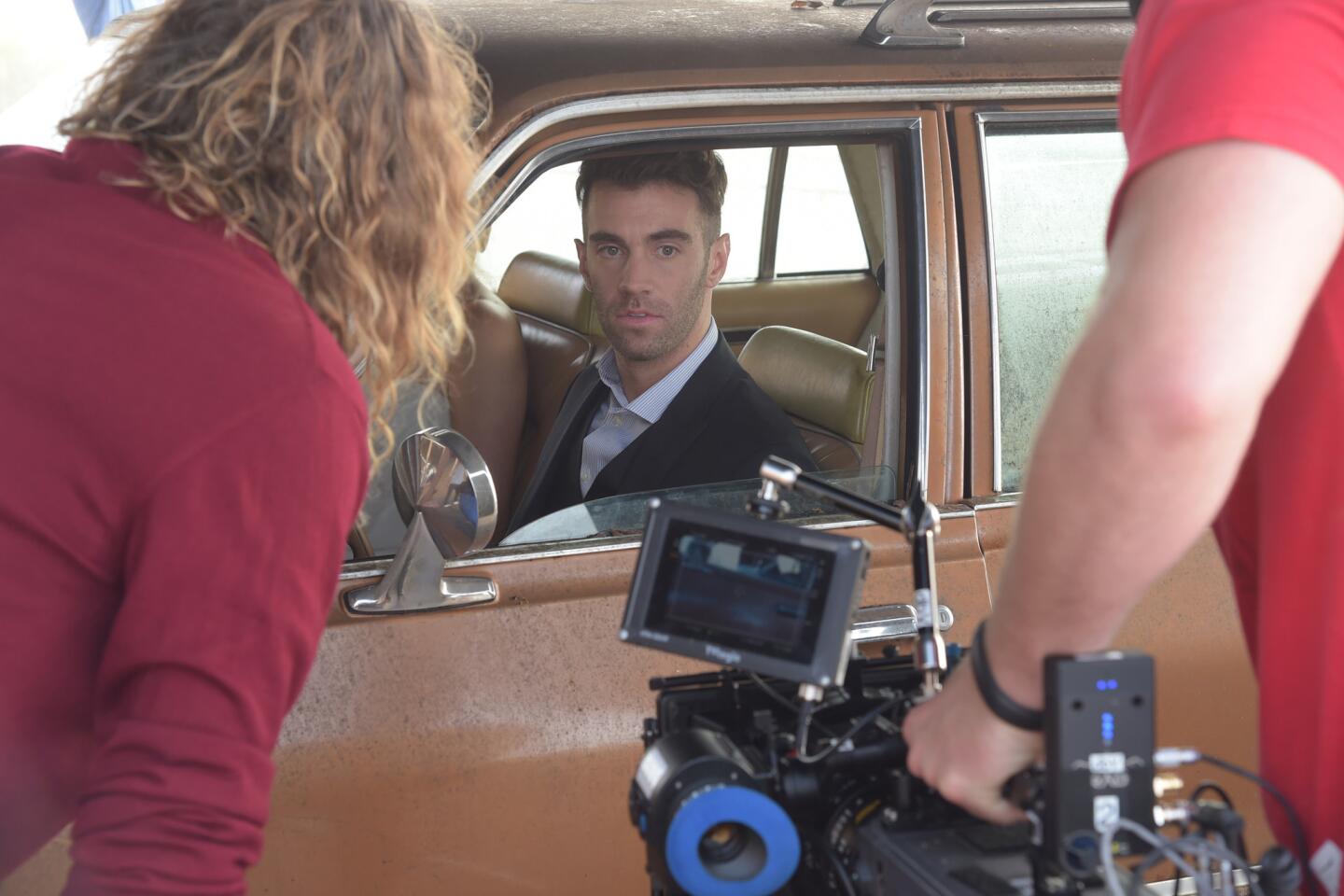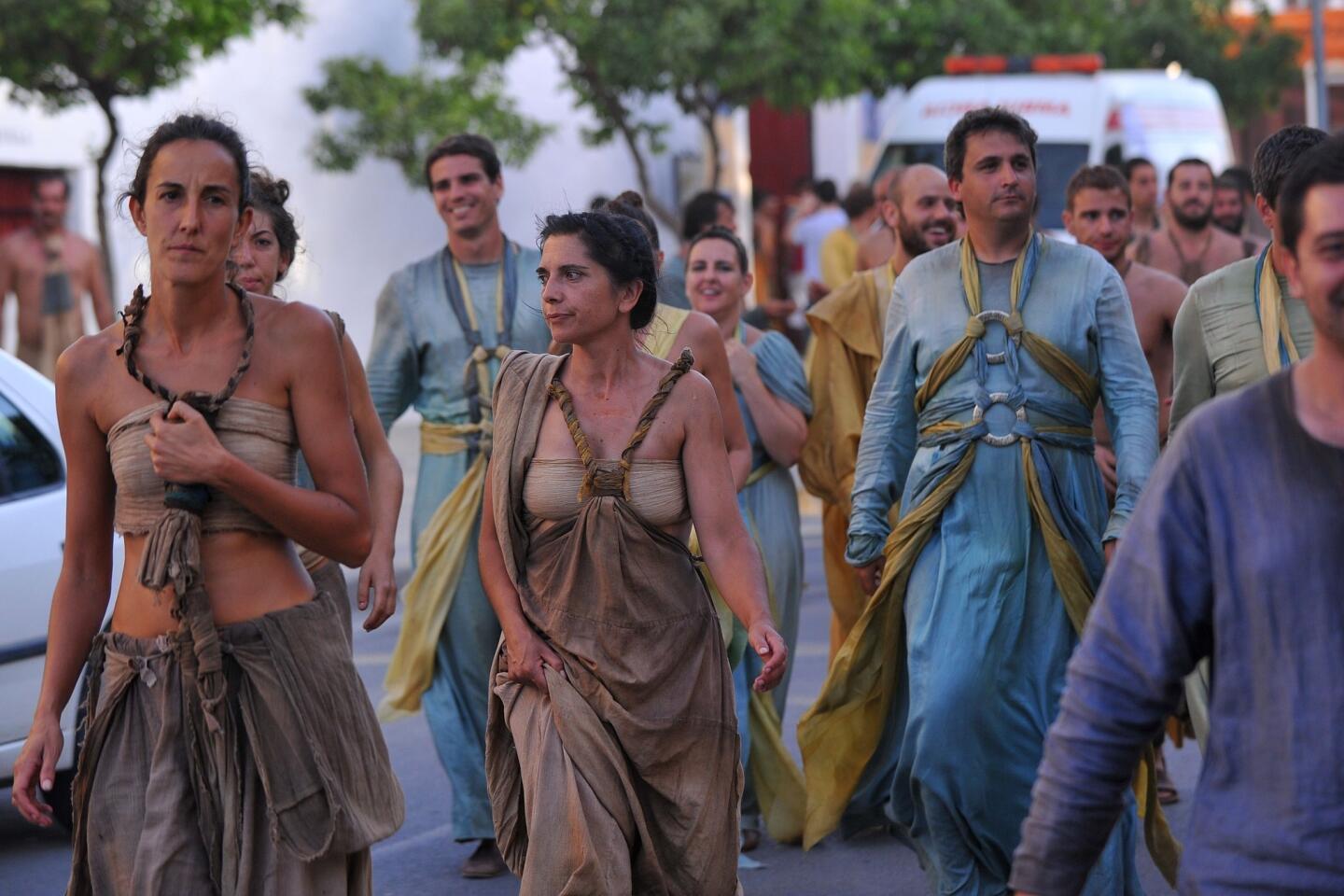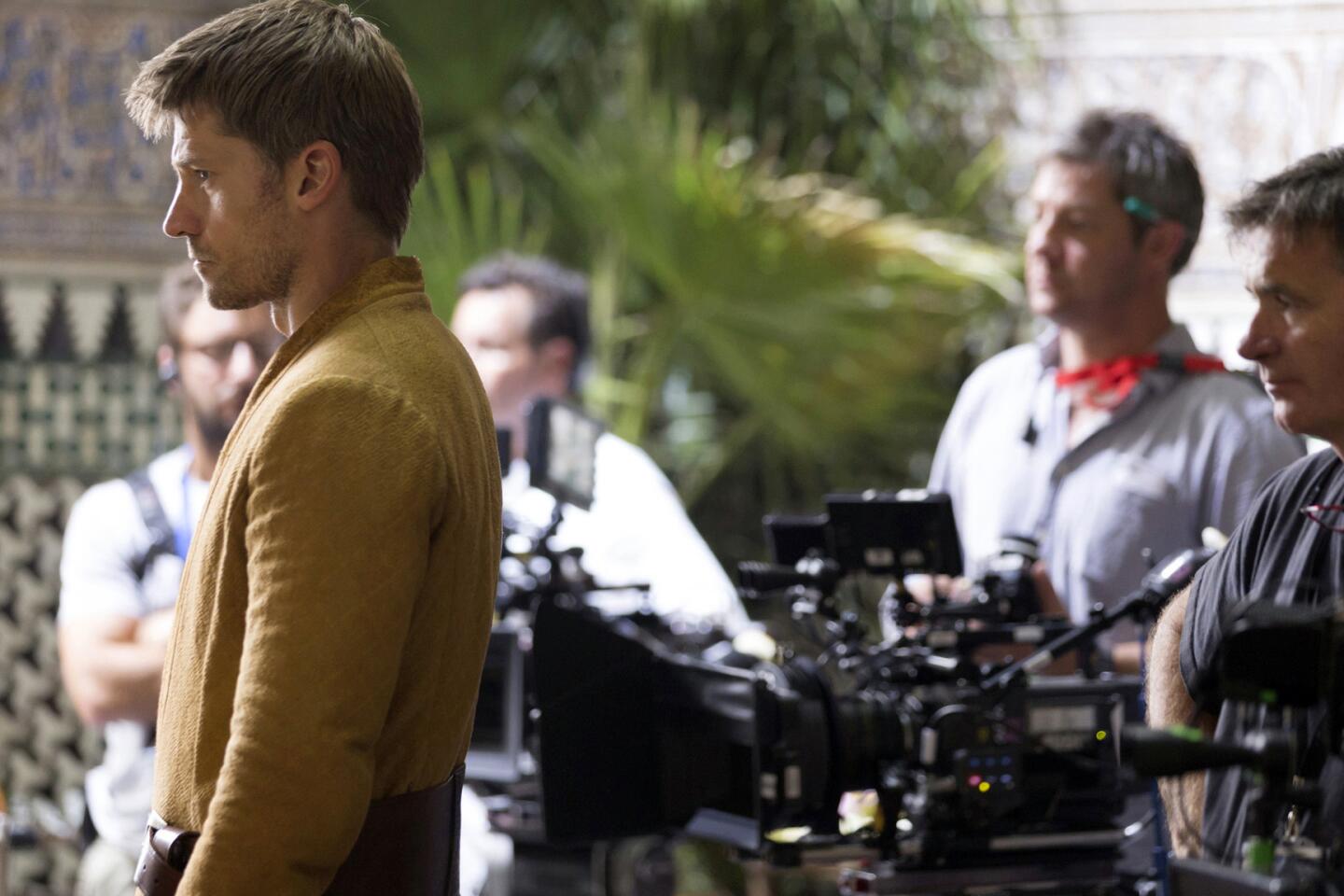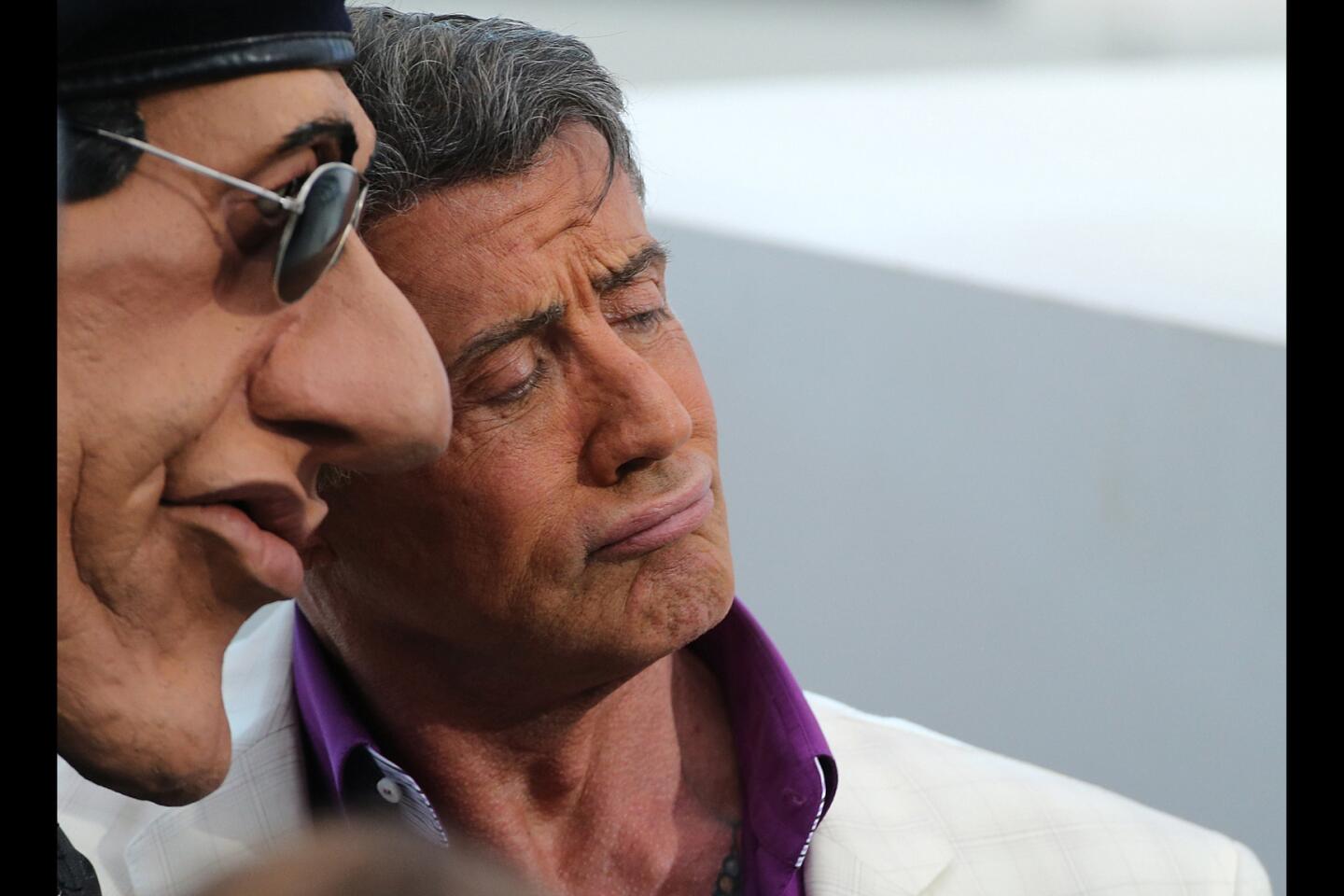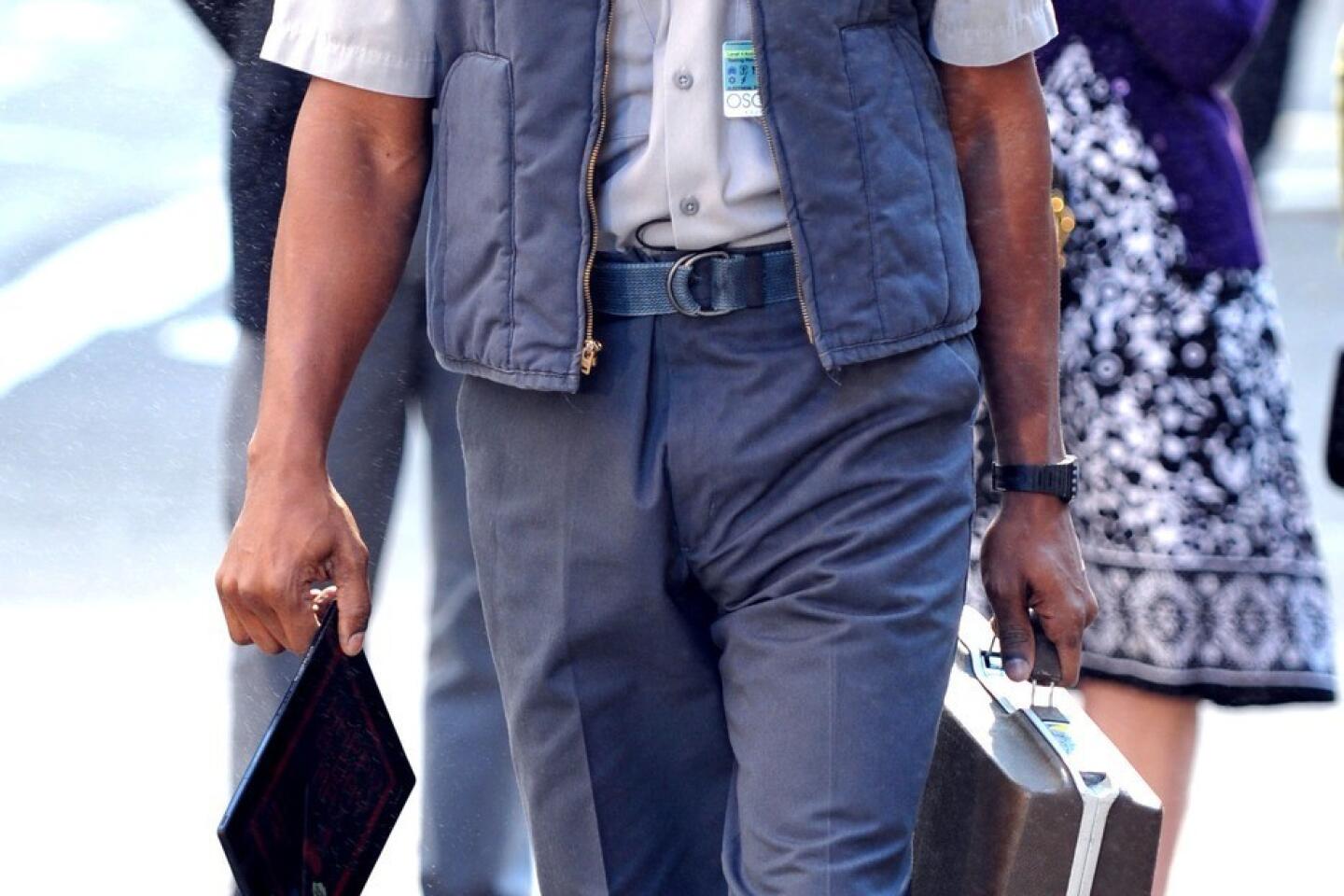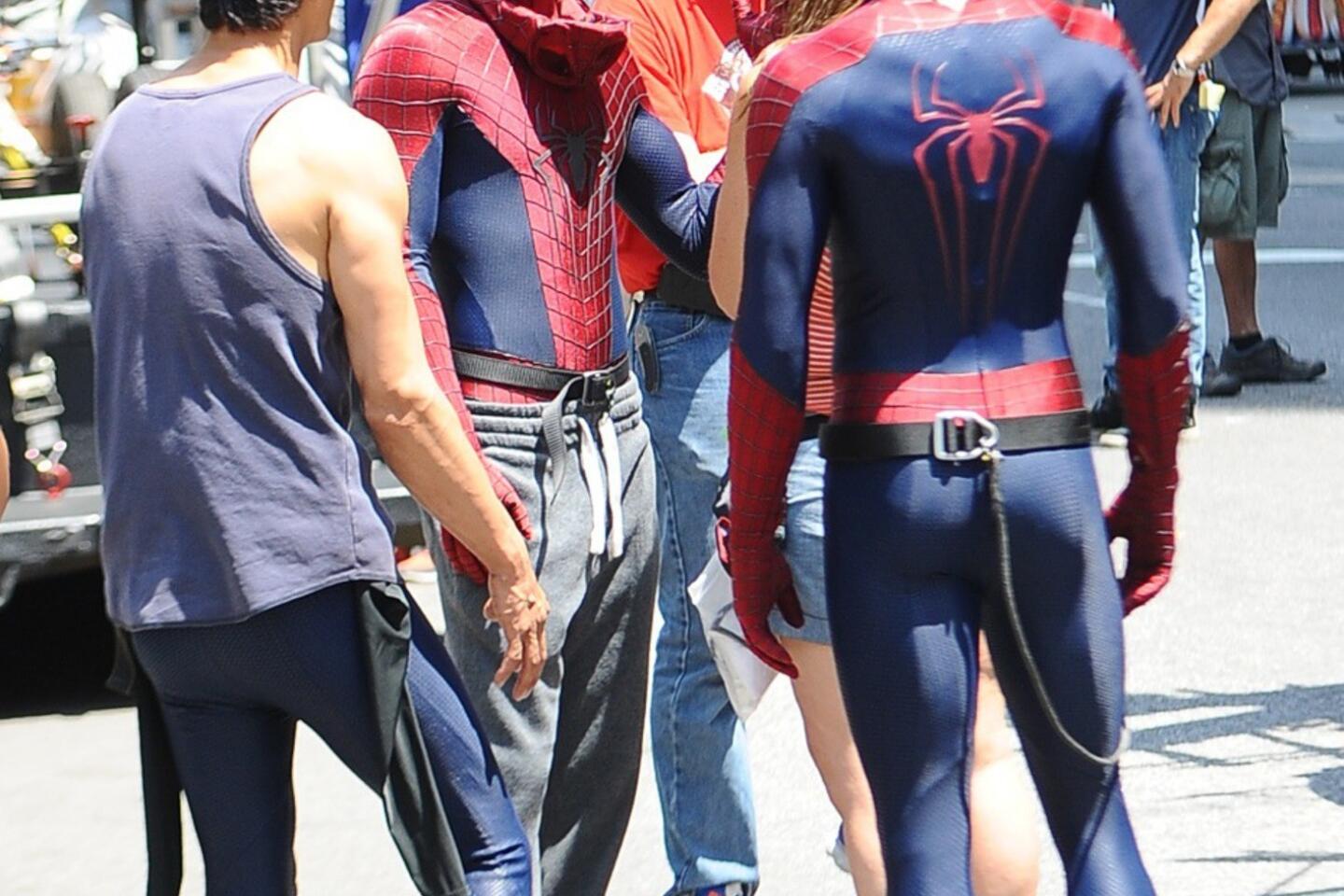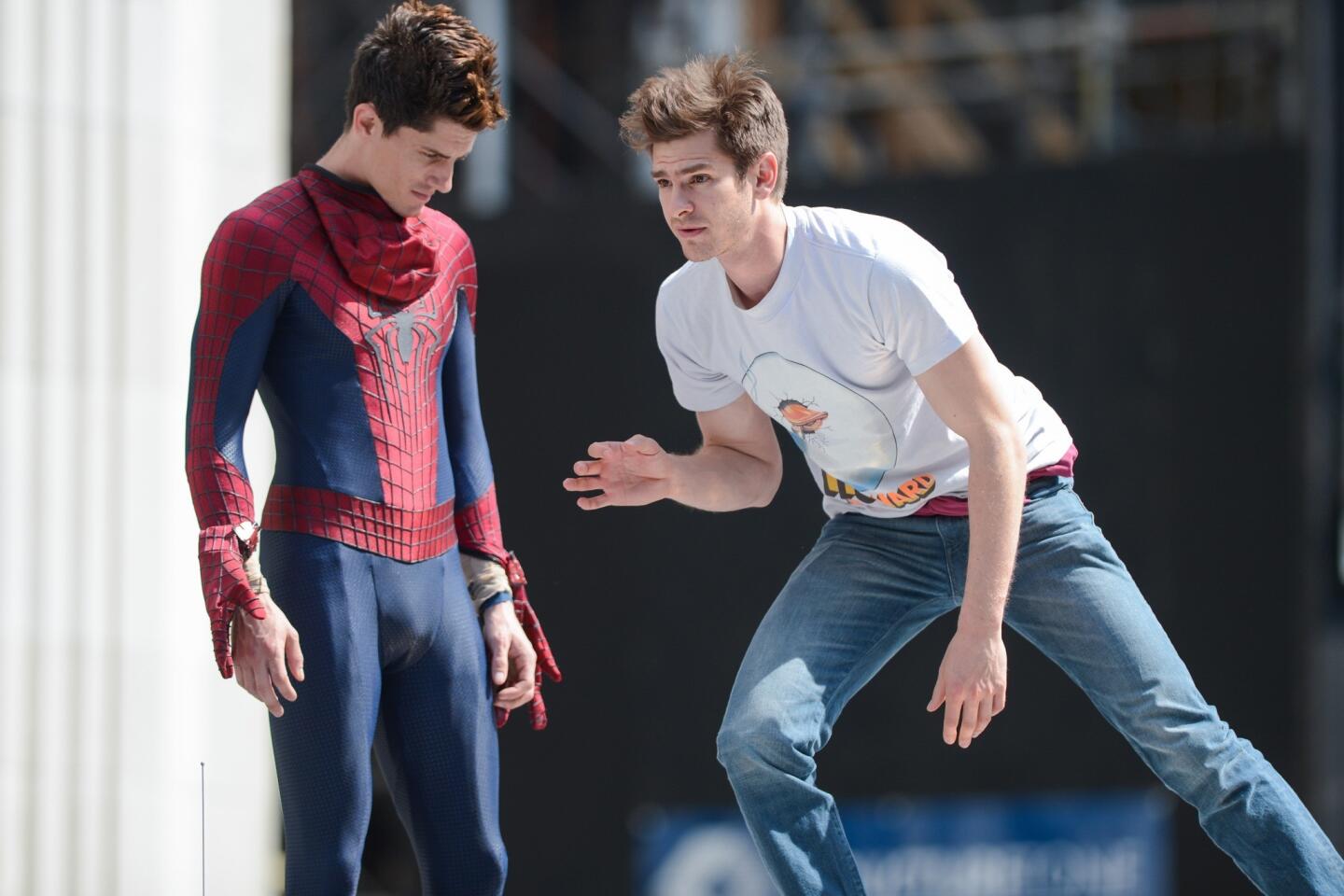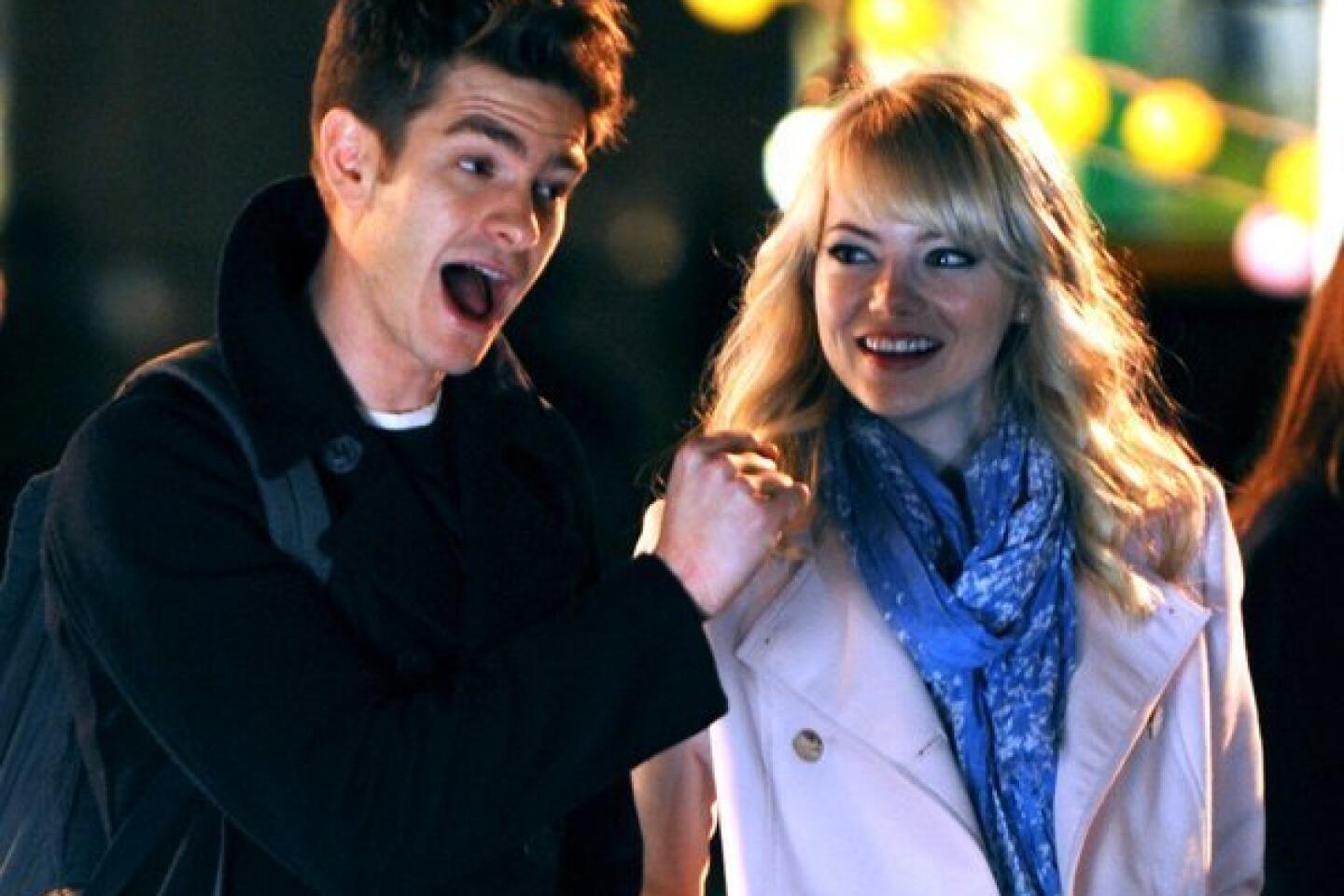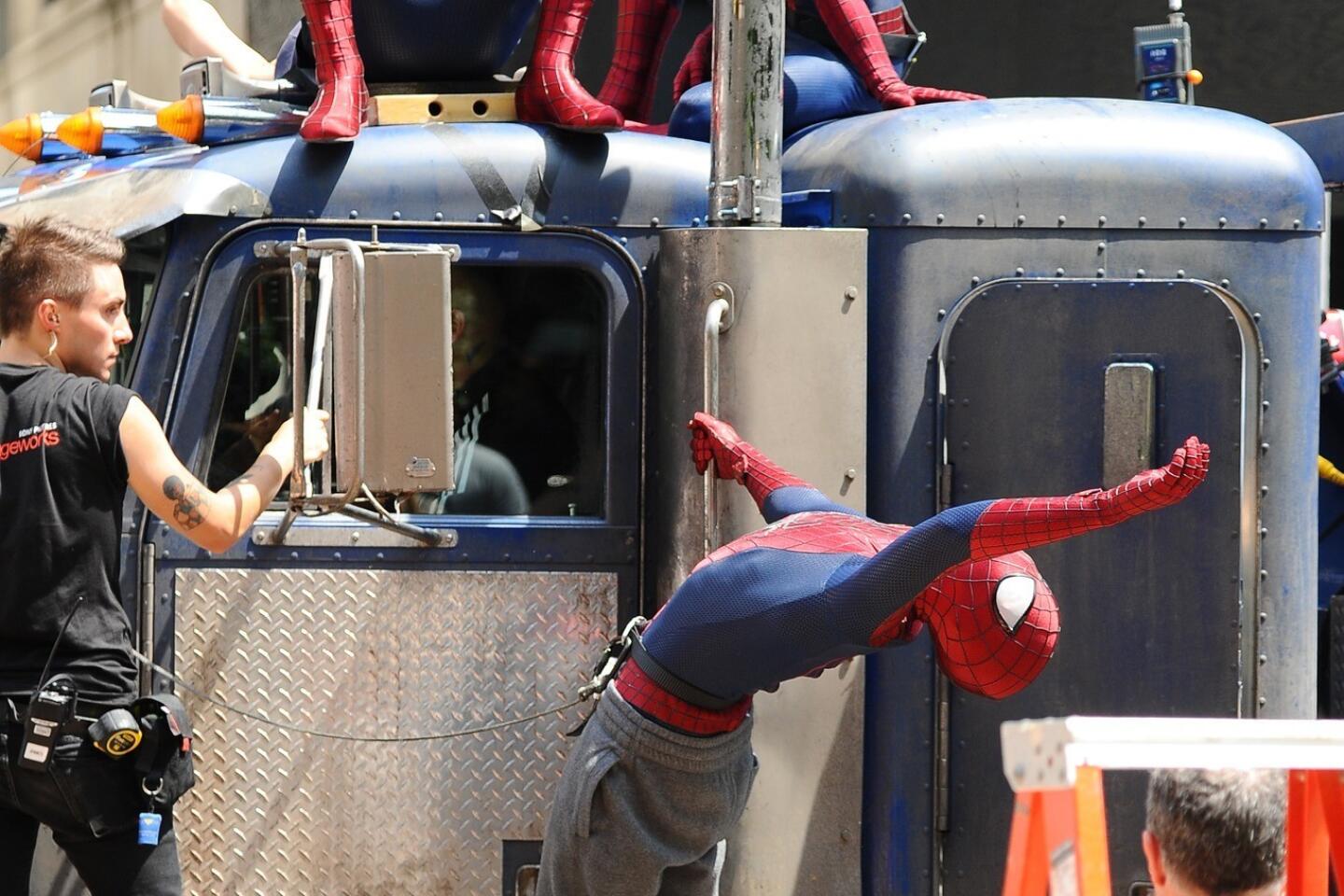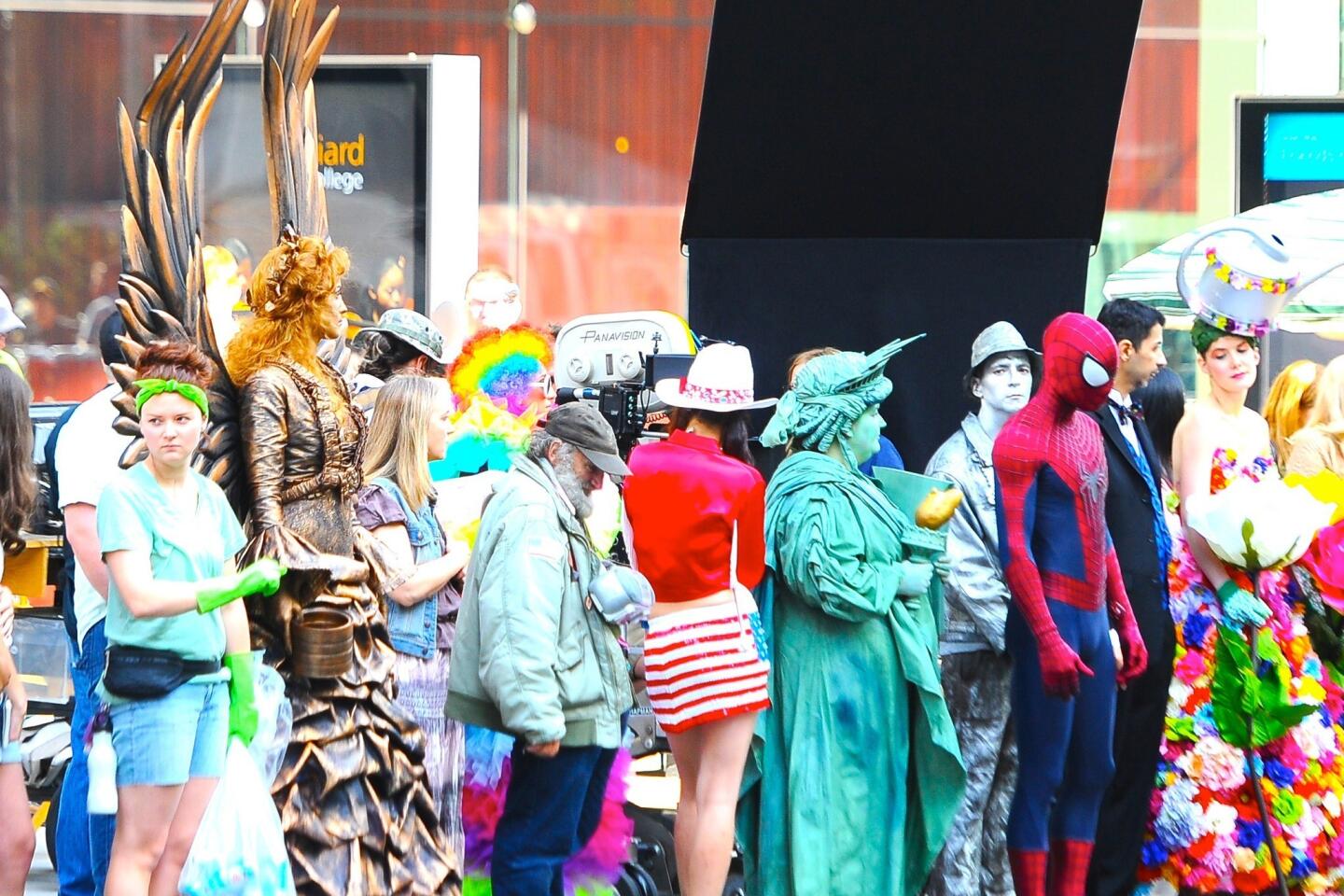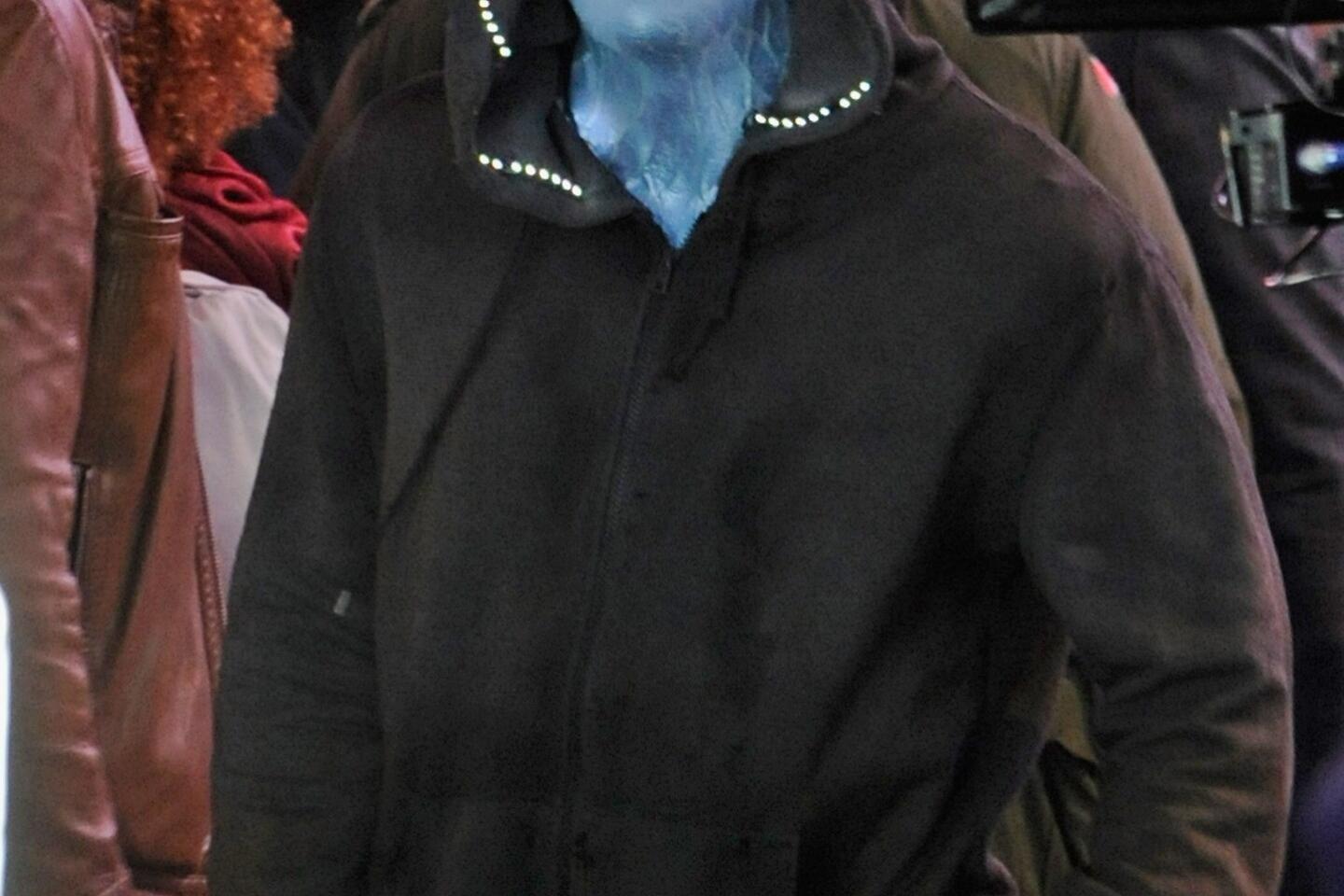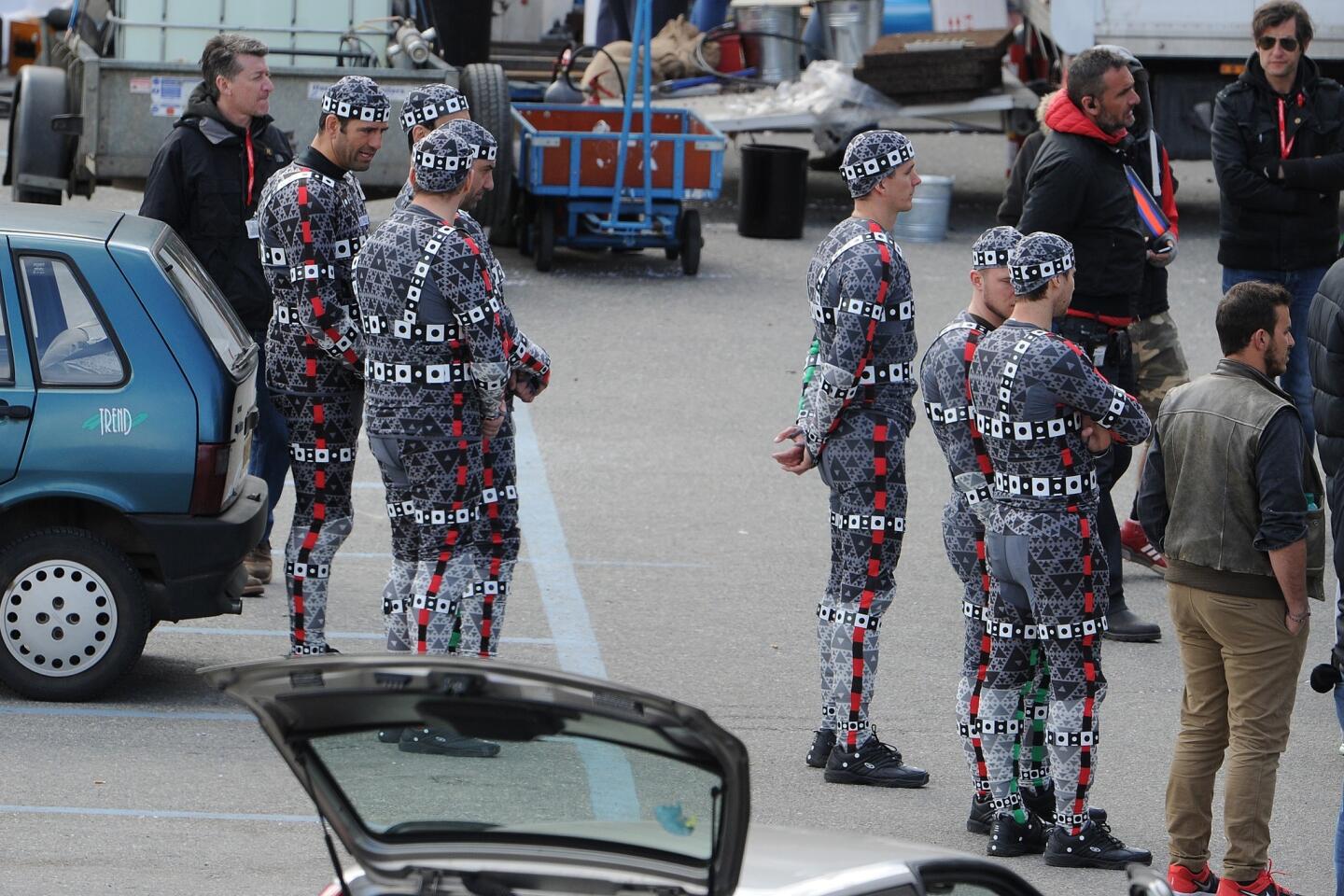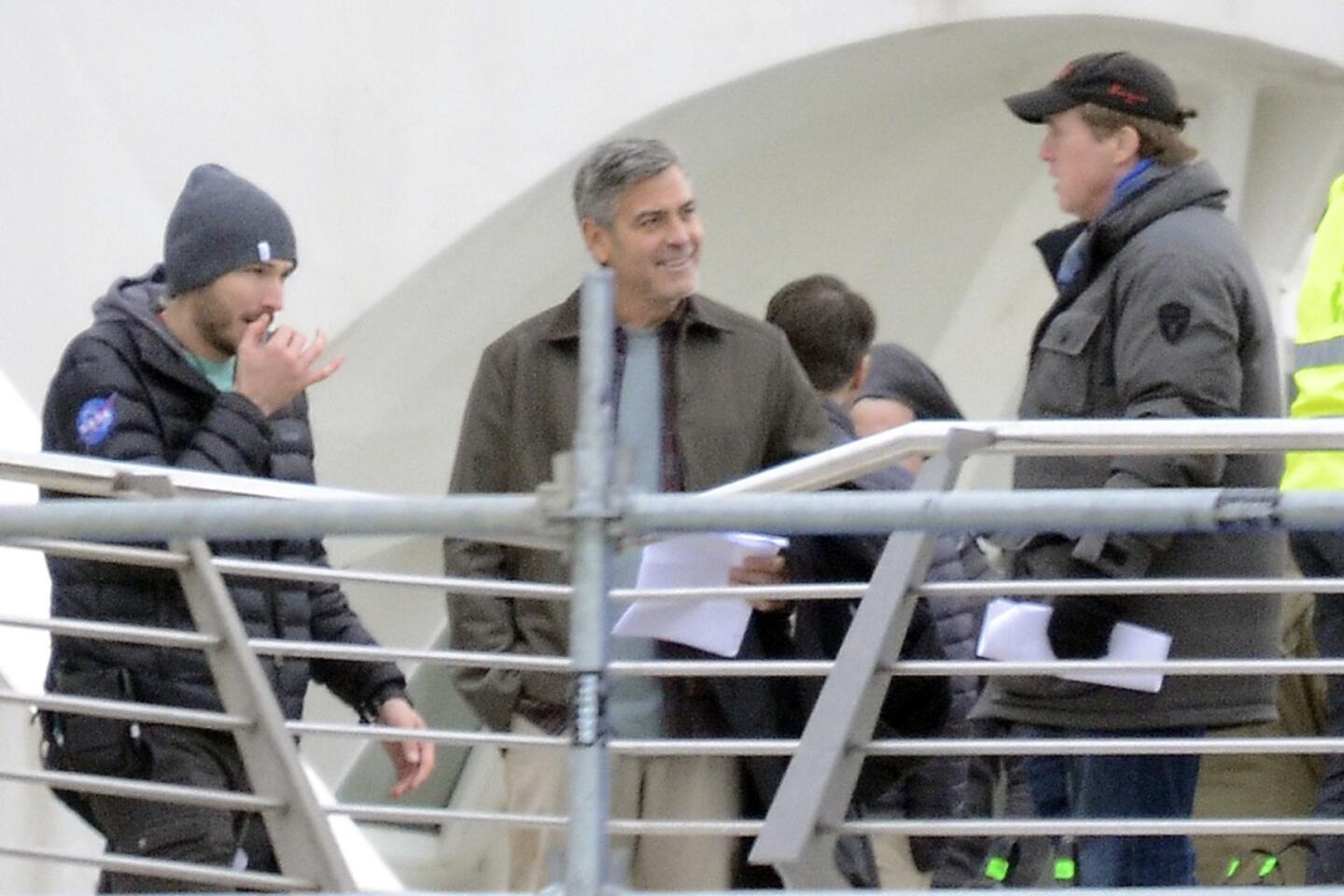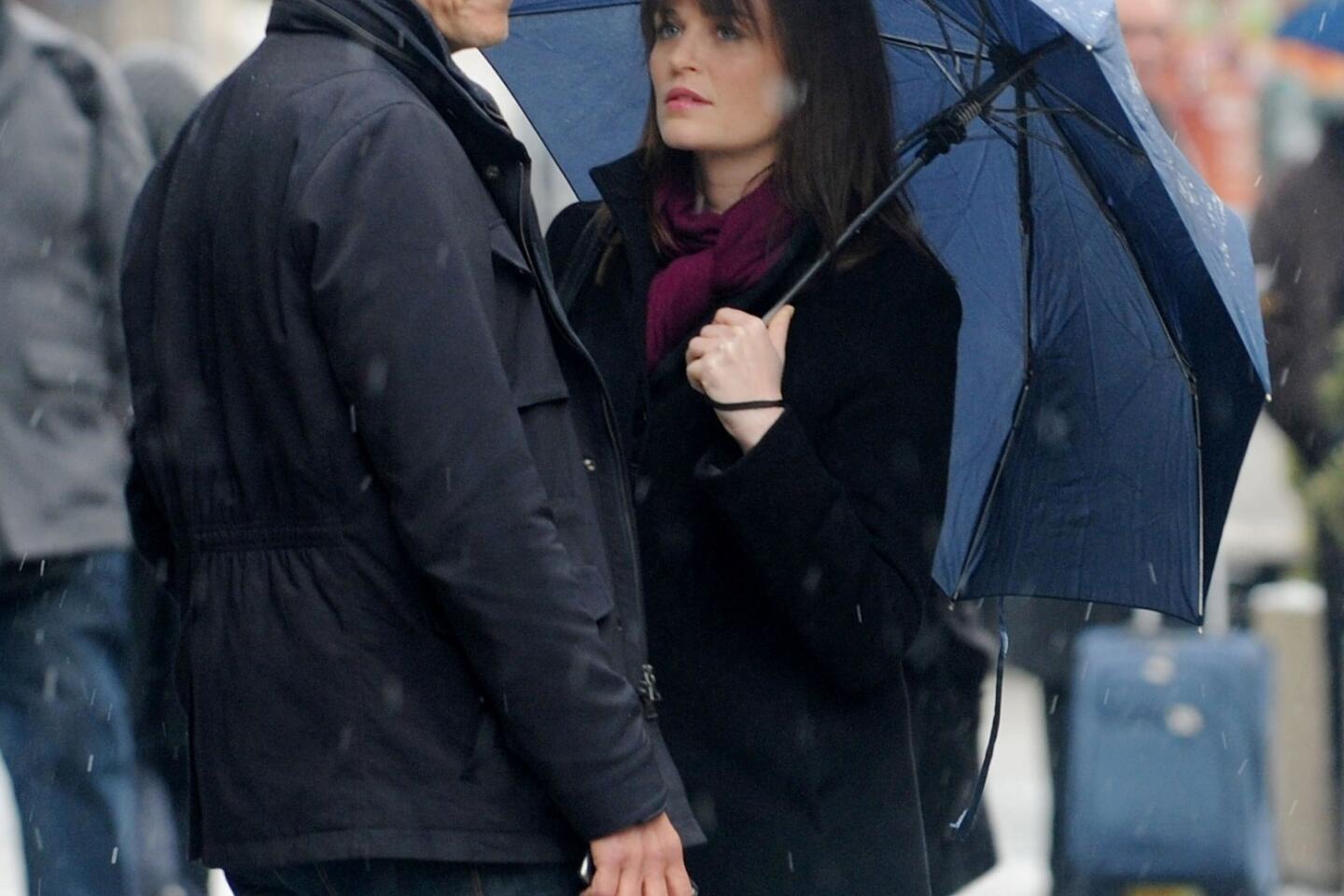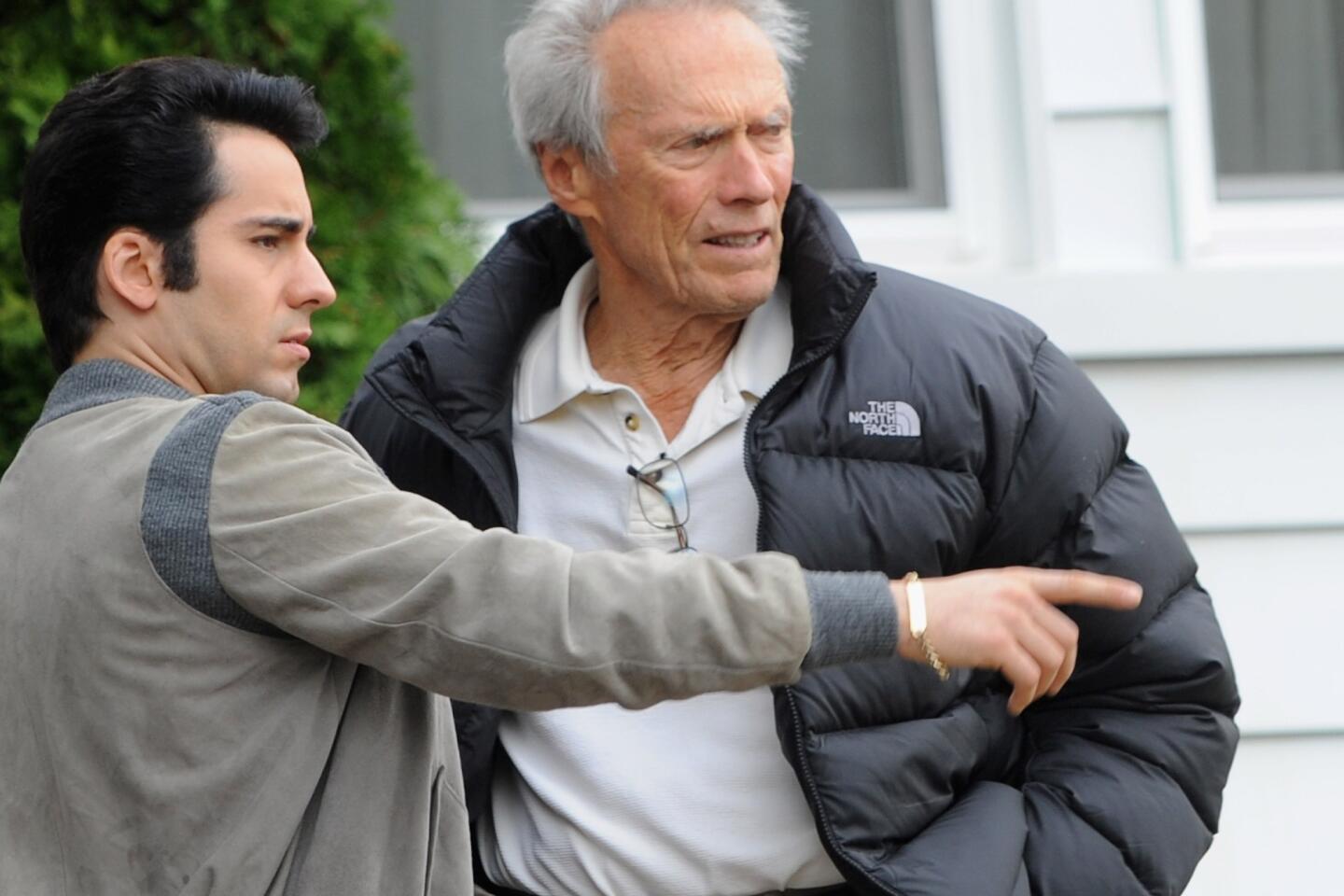Locarno goes its own way in film festival circuit
- Share via
LOCARNO, Switzerland — Modern-day film festivals are multiheaded beasts. Many tribes circulate within this increasingly crowded global ecosystem — filmmakers, critics, buyers, sellers, programmers, sponsors and, of course, the paying public — and each is a constituency with its own interests and needs. One consequence of this enforced plurality is that big festivals often lack a point of view: The something-for-everyone approach tends to preclude a strong curatorial stance.
FOR THE RECORD:
Locarno Film Festival: An article about the Locarno Film Festival in the Aug. 20 Calendar section said that “Manakamana” received a top prize but didn’t identify the section of the competition it won. The movie by Stephanie Spray and Pacho Velez took the top prize in the Filmmakers of the Present section for first and second films. —
The Locarno Film Festival, which concluded its most recent edition Saturday, is a vibrant exception to this rule, a festival that pulls off the tricky task of being at once diverse and cohesive. Given the picturesque setting — a lakeside town in the Italian-speaking Swiss canton of Ticino, with its annual influx of summer vacationers — the public is always a foremost consideration. Up to 8,000 viewers swarm into the town’s Piazza Grande nightly, filling the sea of black and yellow chairs (in accordance with the festival’s ubiquitous leopard motif) for al fresco screenings.
PHOTOS: Hollywood backlot moments
These prime-time slots are typically reserved for likely crowd-pleasers (Richard Curtis’ time travel romance “About Time,” Sebastián Lelio’s feel-good “Gloria,” about a 60ish divorced woman’s love life) and the bestowal of career honors (this year to Jacqueline Bisset, Christopher Lee and Werner Herzog).
But Locarno, 66 years old this year, is distinctive mainly for being what its new artistic director, Carlo Chatrian, calls “a frontier festival” — one that draws both from the margins and the cutting edge, keeping faith that audiences will respond not just to the tried-and-true but also to the prospect of discovery. Or re-discovery, in the case of its central retrospective, devoted to the often neglected mainstay of Hollywood classic cinema, George Cukor.
In a decision that would be unthinkable at any other major European festival (Cannes, Venice, Berlin), this year’s jury, headed by Filipino filmmaker Lav Diaz, awarded the top prize, the Golden Leopard, to “Story of My Death” by the singular Catalan filmmaker Albert Serra.
PHOTOS: Celebrities by The Times
No one else working today makes movies remotely like Serra, a cerebral oddball and improbable master of cinematic antiquity. Known for his unconventional adaptations of Cervantes’ “Don Quixote” (“Honor of the Knights”) and the Biblical parable of the Three Kings (“Birdsong”), Serra here stages the 18th-century passage from rationalism to romanticism as a tussle between two figures of legend, Casanova and Dracula. Against a backdrop of candlelit conversation and barnyard carnality, Serra sets in motion contrasting ideas about pleasure and desire, alternating between winding philosophical dialogue and wordless passages of savage beauty.
In a competition lineup that was hospitable to risk-taking veterans (Japan’s Kiyoshi Kurosawa, Brazil’s Júlio Bressane), the metronomically reliable South Korean filmmaker Hong Sang-soo took home the director prize for his latest deadpan study of romantic folly, “Our Sunhi.”
But there was also plenty of room for emerging filmmakers. “Exhibition,” the third feature by British director Joanna Hogg, is an unnervingly precise portrait of an artist couple preparing to vacate their sleek modernist home — a dissection of a marriage in midlife, of the space between two people. Meanwhile, Corneliu Porumboiu cemented his status as the most original voice in the new Romanian cinema with “When Evening Falls on Bucharest or Metabolism,” a rigorously elliptical film about filmmaking (and the power dynamics within the process), set during a movie shoot but only when the cameras aren’t rolling.
One of the festival’s biggest surprises and most rewarding films — winner of the runner-up jury prize as well as the international critics prize — was Portuguese director Joaquim Pinto’s “What Now? Remind Me.” First-person filmmaking at its most intimate and most expansive, “What Now? Remind Me” emerged from a year in which Pinto, HIV-positive since the ‘90s, endured an experimental clinical trial. Although the film doesn’t flinch at discussing illness and pain, it remains remarkably alert to the joys in Pinto’s life: his beloved husband, their dogs and their countryside home, friendships and artistic collaborations, his enduring love of and belief in cinema. Confessional but never solipsistic, constantly looking beyond individual experience toward history and the world, this profoundly moving film about living in the shadow of death becomes an all-encompassing meditation on what it means to be alive.
The top prize in the Filmmakers of the Present section for first and second films went to the most (literally) transporting film, Stephanie Spray and Pacho Velez’s “Manakamana,” the newest work from Harvard’s Sensory Ethnography Lab (which also produced “Sweetgrass” and the recent “Leviathan”). Shot entirely inside a cable car that carries pilgrims and tourists to and from a mountaintop temple in Nepal, “Manakamana” is radically simple in its conception: Each of the 11 shots lasts about as long as a ride, which also corresponds to the duration of a roll of 16 mm film. But the film is also thrillingly mysterious in its effects: a work of staged documentary, a cross between science fiction and ethnography, an airborne version of an Andy Warhol screen test.
As with the best structural films, “Manakamana” is also a kind of head movie, one the viewer is invited to complete. Working within a 5- by 5-foot box, Spray and Velez have made an endlessly suggestive film, one that both describes and transcends the bounds of time and space.
[For the record, 1:28 p.m. Aug. 20: An earlier version of this post misstated which section “Manakamana” was honored in. The movie by Stephanie Spray and Pacho Velez took the top prize in the Filmmakers of the Present section for first and second films.]
More to Read
Only good movies
Get the Indie Focus newsletter, Mark Olsen's weekly guide to the world of cinema.
You may occasionally receive promotional content from the Los Angeles Times.
